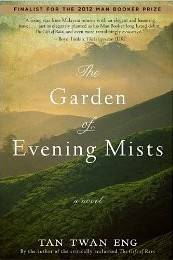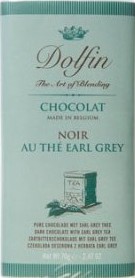 Links.
Links.
 Booker Prizes.
Booker Prizes.
 Chocolate.
Chocolate.
 Books read.
Books read.
 Best books read in 2014.
Best books read in 2014.
Best book read in 2013:

|
Tan Twan Eng's
The Garden of Evening Mists: a Novel (2012);
short-listed for the 2012 Booker Prize.
Set in Malaya during and after WWII. Nakamura Aritomo is a Japanese master gardener adept at all aspects of Japanese gardening but especially the skills of shakkei ("borrowed scenery"). The narrator is Teoh Yun Ling, a Chinese-Malayan woman. With her sister, she was harshly imprisoned by the Japanese during WWII but survived the camp while everyone else there died. Beautifully written. Blog entry. |
 Best writers of poetry and prose
Best writers of poetry and prose
 Harry Potter;
also Harry Potter en Español.
Harry Potter;
also Harry Potter en Español.
 Why read a book?.
Why read a book?.
 New books on Spirituality
by Pagels, Ehrman, et al.
New books on Spirituality
by Pagels, Ehrman, et al.
My chocolate of choice:

